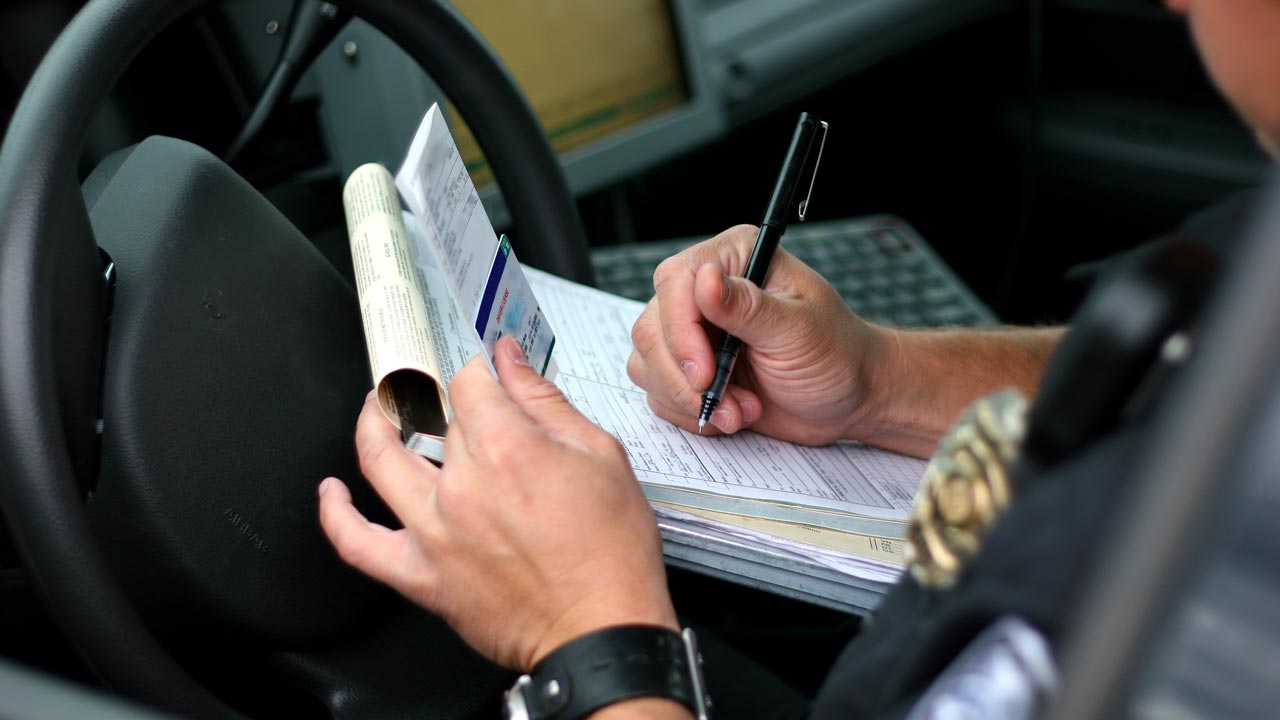Have you ever tried to turn from a street controlled by a stop sign onto a busy street that is not controlled by a stop sign or a traffic light? What if this busy street had only two travel lanes with one northbound travel lane and one southbound lane. Ordinarily, drivers in both northbound and southbound lanes have the right of way. To make this turn, you may have to time your entry into the street to avoid traffic proceeding in one direction (if you are turning right) or both directions (if you are turning left).
With the foregoing in mind, consider the circumstance presented by a driver of a vehicle in the southbound lane slowing down and activating his turn signal as if to turn right onto another street before reaching your street. By all appearances, the driver looks like he is turning into this street. For this reason, you proceed with a left turn across this driver’s path. But instead of turning right, the signaling driver proceeds straight and crashes into the driver’s side of your car.
One would think that the driver who signaled as if turning right and but proceeded straight waived the right of way. But the Supreme Court of Ohio reached the opposite conclusion. In Timmons v. Russomano (1968), 14 Ohio St.2d 124, 236 N.E.2d 665, the Supreme Court of Ohio articulated the general rule regarding the right of way as follows:

Under the applicable statutes and court decisions, it is the established law in this state that the driver of a motor vehicle proceeding over a through street or highway in a lawful manner has the absolute right of way over a vehicle on an intersecting stop street, and the former may assume that the latter will respect and observe such right of way.
The supreme court noted in this decision one exception to this general rule, stating as follows:
‘If however the former (driver of a motor vehicle having the right of way), just as he is approaching or entering the intersection, discovers that the latter is not yielding the right of way and has thereby placed himself in a perilous situation, it becomes the duty of the former to use ordinary care not to injure the latter after becoming aware of his perilous situation.’
The decision in Timmons involved a driver with the right of way (the “right-of-way driver”) signaling to turn into a driveway three houses down from where another the driver (the “other driver”) was stopped at a stop sign and about to turn onto the same street. Seeing the right-of-way driver’s turn signal (as if to enter the driveway), the other driver thought that she could safely enter the street. But the right-of-way driver, despite giving the turn signal, proceeded straight and struck the vehicle driven by the other driver.
The supreme court noted that the other driver “assumed too much” by attempting to enter the street. According to the supreme court, it did not matter that the right-of-way driver activated her turn signal. Otherwise, the supreme court noted that the right-of-way driver was proceeding at a moderate speed and could not have avoided the collision.
Notably, two judges dissented in Timmons. Nevertheless, Timmons continues to be the law on Ohio. While Timmons reached a seemingly strained conclusion, the decision did not address the defense of forfeiture of right of way. Forfeiture of right of way occurs when the right-of-way vehicle proceeds in an unlawful manner. A driver may forfeit the right of way by driving at night without headlights, driving at an overly excessive speed, etc. However, forfeiture of the right of way can be difficult to establish, especially if this defense is based on a claim that the other driver was speeding or driving too fast. Forfeiture of right of way is a topic for another blog post.


